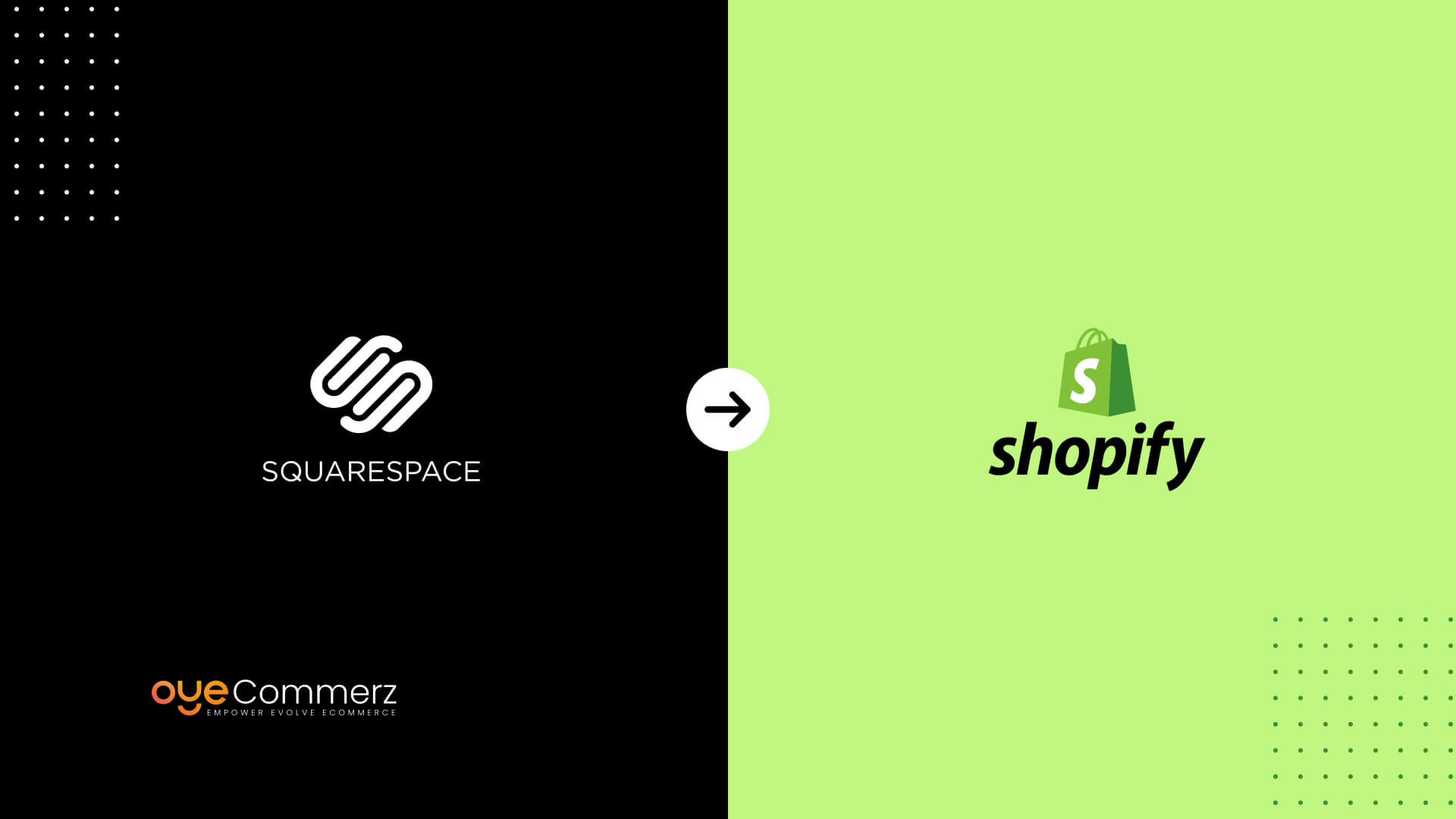In today’s competitive e-commerce environment, selecting the right platform for your digital store can significantly impact your company growth. Many businesses at first start with Squarespace for its ease of use but ultimately outgrow its features, prompting a switch to Shopify for enhanced scalability and features. This comprehensive guide will help you navigate the process of Squarespace to Shopify migration, ensuring a seamless transition while maintaining your data and optimizing your new Shopify store for success.
Why Migrate from Squarespace to Shopify?
While Squarespace offers an user-friendly platform for new users, it has constraints for scaling an e-commerce business. Shopify, on the other hand, offers a robust platform with capabilities like Shopify theme designing, sophisticated integrations, and a extensive app ecosystem. According to a 2023 report, Shopify supports over 4 million companies worldwide, making it the go-to choice for entrepreneurs seeking flexibility and growth.
Key Considerations Before Migration
Before diving into the Shopify migration guide, it's essential to plan your migration carefully. Assess your current store’s needs, from data transfer and product listing transfer to ensuring e-commerce information security. Determine whether you’ll use automatic migration services or follow manual migration steps. Each method has its advantages and disadvantages, depending on your technical expertise and financial plan.
Steps for Exporting Data from Squarespace
The initial step in migrating your store is to transfer your data. Squarespace allows you to export important content like products, orders, and customer records. However, some restrictions apply, such as restricted export options for certain articles and pages. Using software or platforms to help in exporting data from Squarespace can save time and guarantee accuracy.
Transferring Products and Data into Shopify
Once you’ve exported your information, you’ll need to upload it into Shopify. Shopify’s integrated import features support seamless product catalog transfer, customer information migration, and order history migration. For large-scale information, Shopify applications for migration can streamline the process while reducing manual errors.
Domain Transfer and Shopify Setup Process
A key aspect of your migration is transferring your domain. Shopify offers a straightforward process to connect your domain, ensuring no disruptions to your online presence. During the Shopify setup process, you’ll set up store preferences, payment gateways, and shipping options, creating a solid foundation for your online store.
Personalizing Your Shopify Store
One of Shopify’s standout features is its customization options. Unlike Squarespace, Shopify allows extensive theme designing to reflect your brand’s identity. With thousands of themes accessible, you can tailor your store to improve the customer journey in e-commerce and improve e-commerce SEO practices.
Migration Costs and Support
Migrating your store entails costs, from domain switches to hiring experts for technical support during migration. Shopify’s network includes resources like tutorials and dedicated migration services to facilitate a smooth process. Planning a migration cost estimation helps prevent unexpected charges.
Post-Migration Checklist for Shopify
After completing your migration, use a post-migration checklist for Shopify to ensure everything functions properly. Check data accuracy, test payment systems, optimize for SEO, and activate key features like mobile responsiveness. Address any issues quickly using migration troubleshooting tips.
Benefits of Migrating to Shopify
Switching to Shopify opens up opportunities for growth. With access to advanced analytics, a extensive app marketplace, and better scalability, Shopify empowers businesses to succeed. By transitioning, you unlock tools for enhanced Shopify store performance and availability to enhanced features absent in Squarespace.
Conclusion: Your Path to E-Commerce Success
Transitioning from Squarespace to Shopify may appear daunting, but with E-commerce SEO improvement strategies a structured approach, it can be a game-changer for your business. Whether you’re moving blog content, ensuring customer data migration, or troubleshooting along the way, Shopify provides the tools to expand and Shopify’s powerful tools grow.
Are you prepared to take the next step? Begin your journey now by discovering Shopify’s powerful features or consulting migration specialists. How will you ensure your online store platform adapts with your growing business? Let us know your thoughts!
